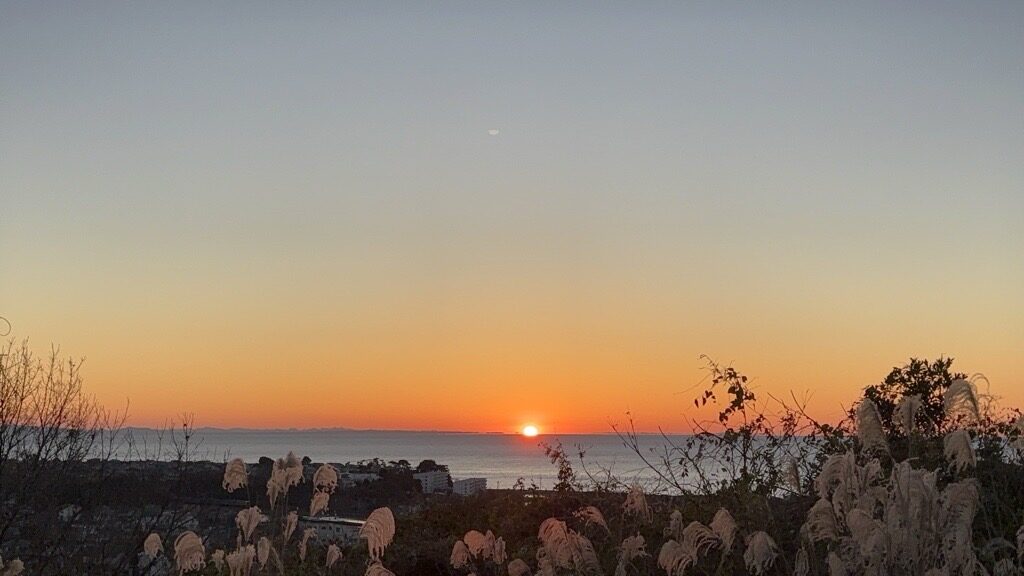As we begin a new year, many people in Japan follow time-honoured traditions that bring family and friends together to celebrate. From watching the first sunrise to enjoying a festive meal and praying for good fortune, the New Year is filled with special customs. Here’s a look at how one of our Japanese staff spends this special time of year.
Contents:
1. Watching the First Sunrise of the Year
2. New Year’s Greetings and Traditional Meals
3. Hatsumode: The First Shrine Visit of the Year
4. Family Dinner
5. Wishing You a Happy and Prosperous New Year
6:50 AM – Watching the First Sunrise of the Year
To start the New Year, I climb a nearby mountain to catch the first sunrise, known as “hatsu hinode.” It’s a tradition in Japan to see the first sunrise as it’s believed to bring good fortune for the year ahead.
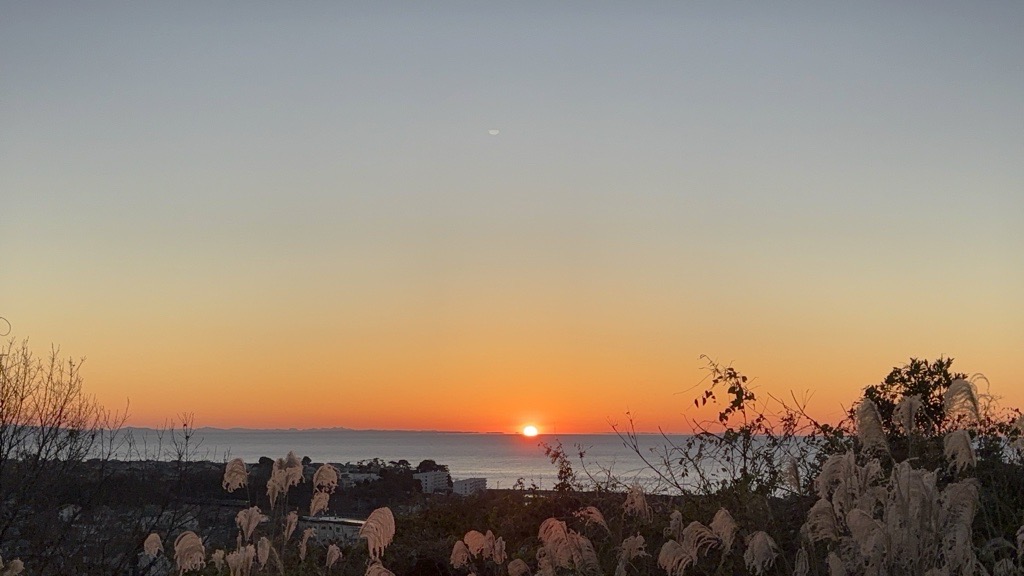
8:00 AM – New Year’s Greetings and Traditional Meals
Around 8:00 AM, my family gathers to greet each other with “Akemashite Omedetou Gozaimasu” (Happy New Year!). We enjoy a festive meal featuring osechi, a traditional Japanese New Year’s food. Osechi varies by family and region, but it always includes symbolic dishes for prosperity, happiness, and longevity. Our family had “sashimi”.
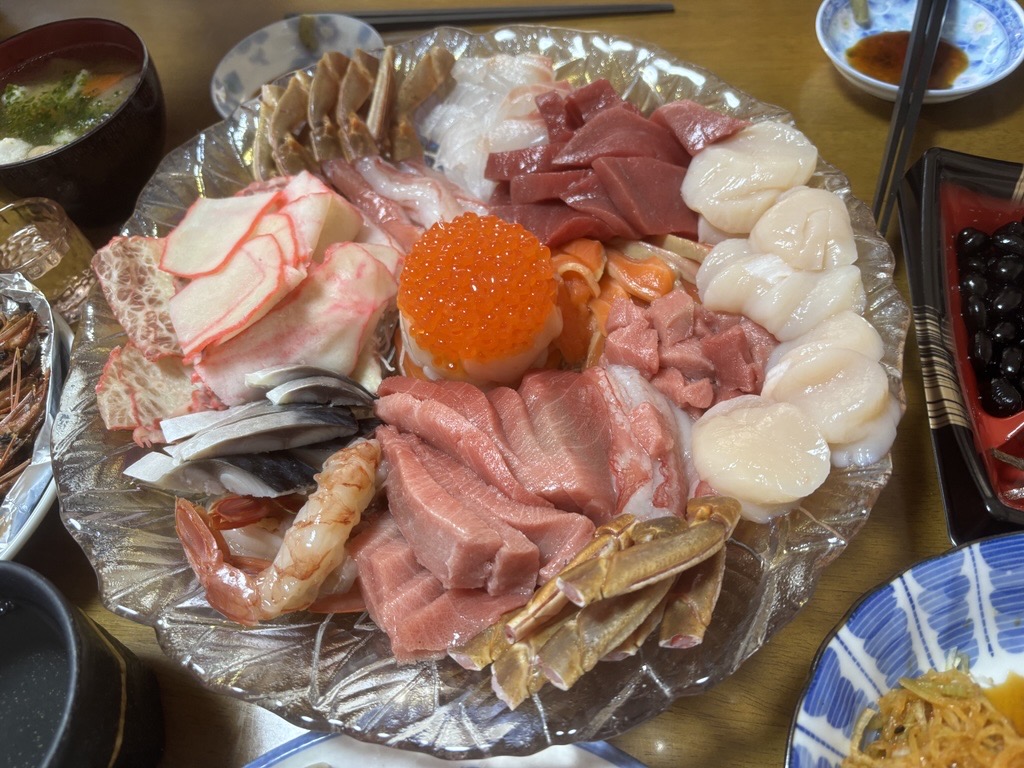
3:00 PM – Hatsumode: The First Shrine Visit of the Year
In the afternoon, we head to a local shrine for “hatsumode,” the first shrine visit of the year. People visit shrines to pray for good health and success in the coming year.
Omikuji: A Fortune-Telling Tradition At the shrine, I draw “omikuji,” a paper fortune that predicts my luck for the year. I got “chukichi” (middle luck), which is a nice balance between good and bad luck. Omikuji fortunes range from “daikichi” (great luck) to “kyo” (bad luck), and many people take them seriously, adjusting their plans accordingly.
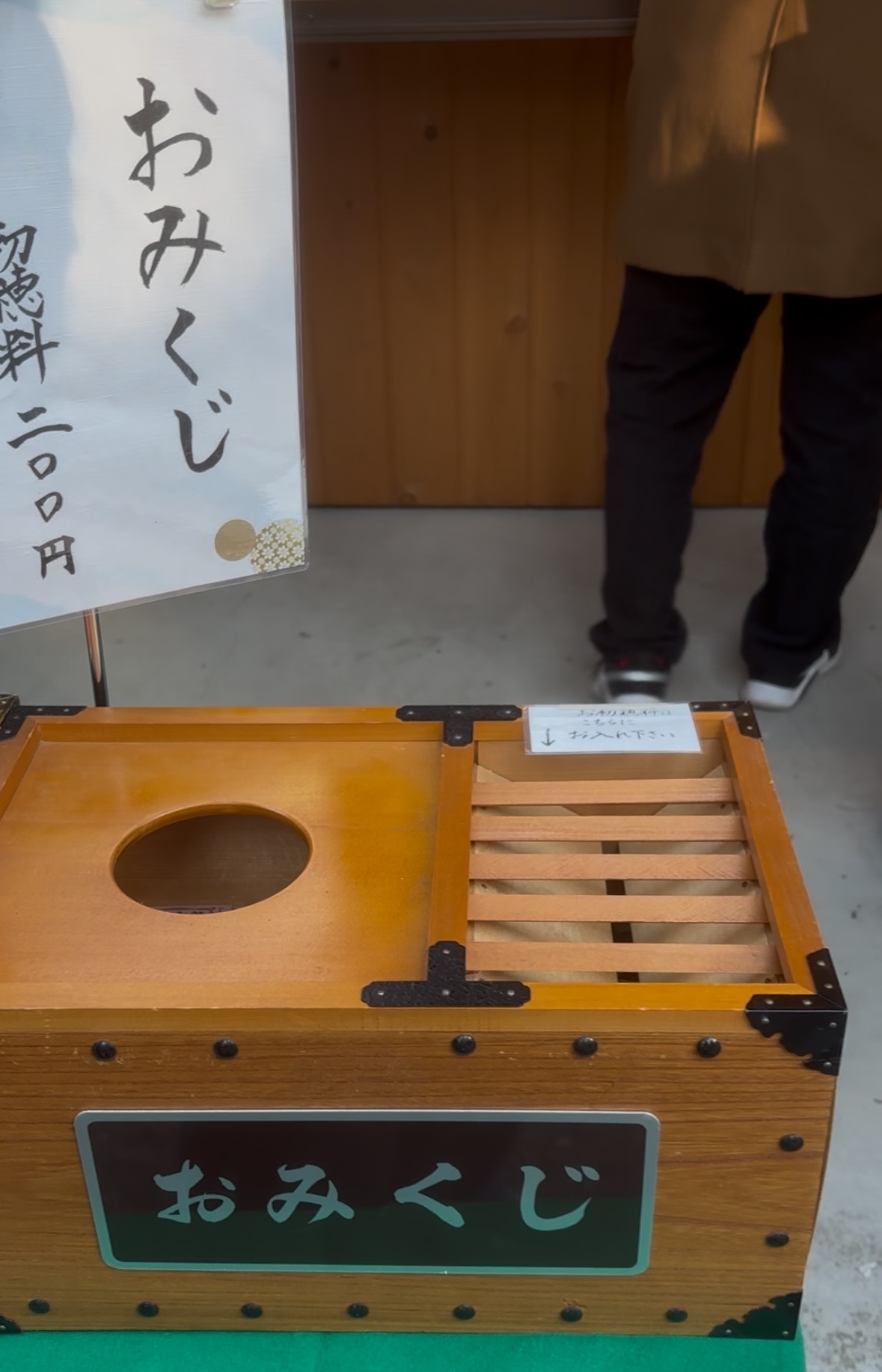

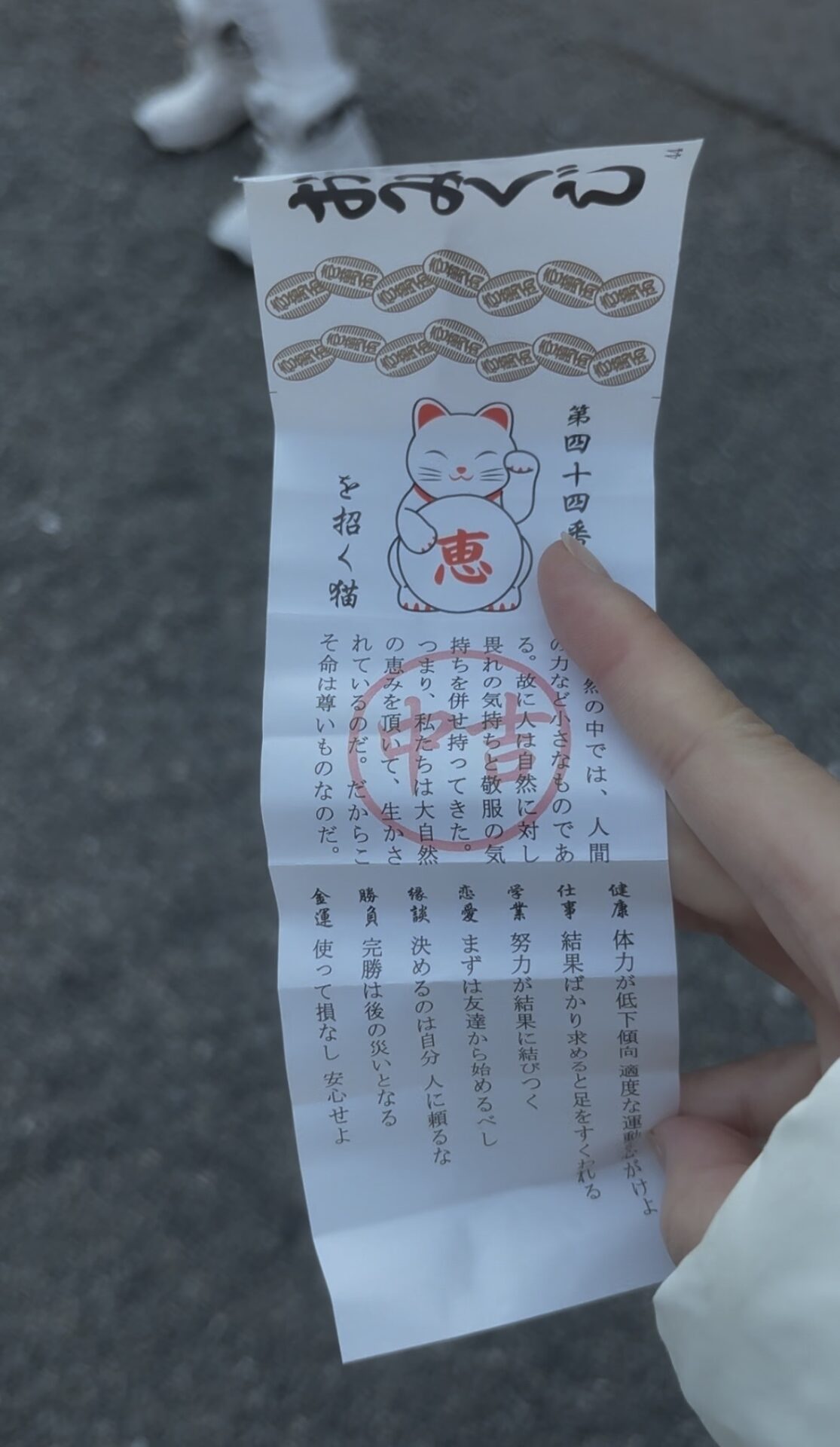
| Rank | Omikuji Result | Meaning/Description |
|---|---|---|
| 1 | Daikichi (Great Blessing) | The best fortune. Everything will go smoothly, and happiness is on its way. |
| 2 | Chūkichi (Middle Blessing) | The second-best fortune. Continued good luck is likely. |
| 3 | Shōkichi (Small Blessing) | A small but positive fortune. Success may come with effort. |
| 4 | Kichi (Blessing) | A favorable fortune. Happiness is near but requires hard work. |
| 5 | Suekichi (Future Blessing) | Good fortune will come in the future. Patience and perseverance are key. |
| 6 | Hankichi (Half Blessing) | A modest amount of luck. Careful actions can improve your situation. |
| 7 | Kyō (Curse) | An unfavorable fortune. It’s important to act cautiously. |
| 8 | Daikyō (Great Curse) | The worst fortune. Hardships and challenges are expected; vigilance is needed. |
The order and types of omikuji may vary depending on the shrine or temple, but this is a common example.
Buying Omamori: Protection for the Year I also purchase an “omamori,” a protective amulet, at the shrine. Omamori are believed to bring protection and blessings for specific purposes, like health, studies, or travel.
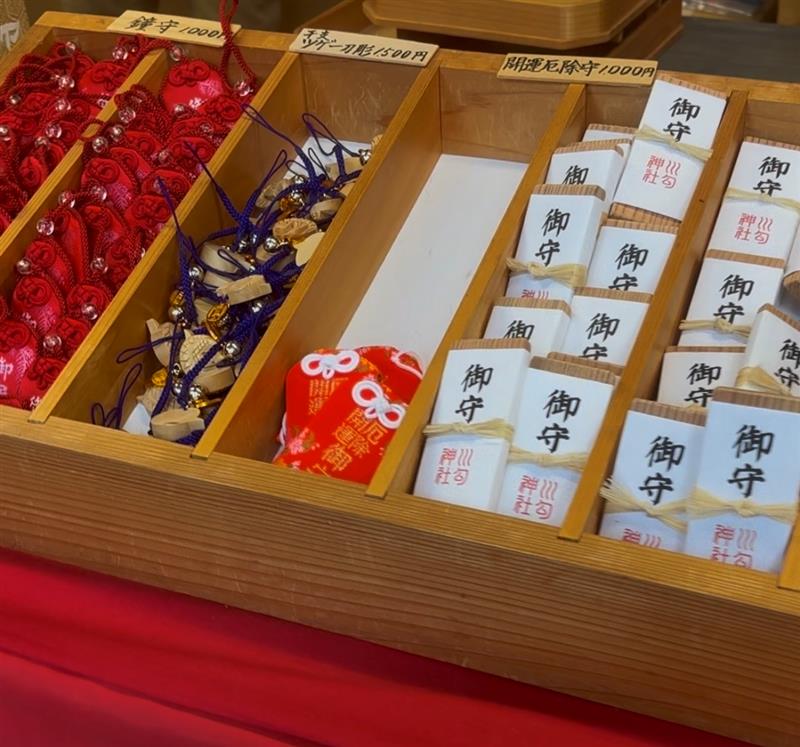
6:30PM – Family Dinner
Finally, in the evening, my family and I gather around the table to enjoy a warm and hearty dinner. This year, we had sukiyaki, a delicious hot pot dish with beef, vegetables, and tofu.
Wishing You a Happy and Prosperous New Year
Celebrating the New Year in Japan is a meaningful time to connect with family and reflect on the year ahead. We hope this glimpse into our New Year’s traditions brings you closer to understanding the beauty of Japanese culture. We wish you all the best in 2025!
